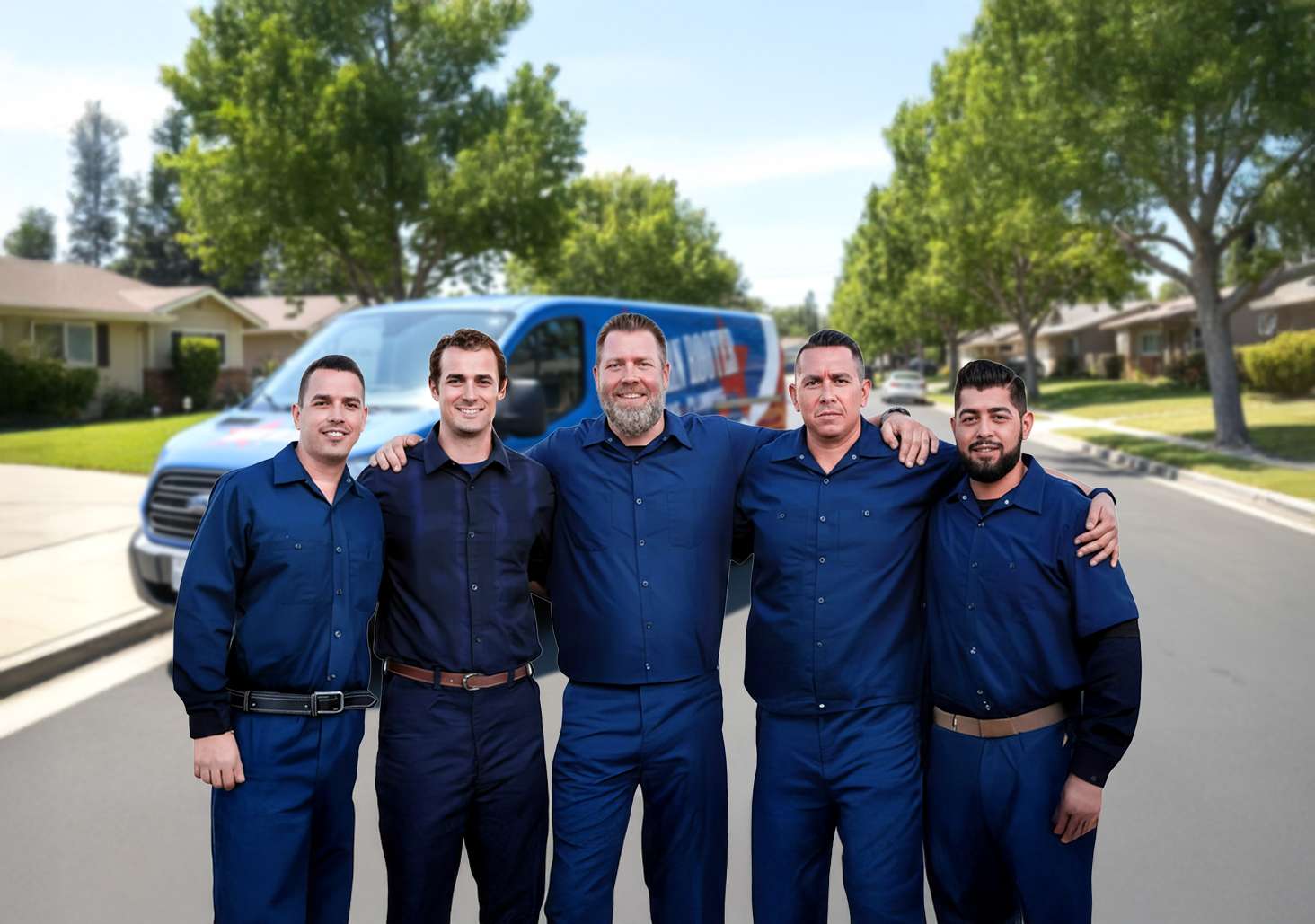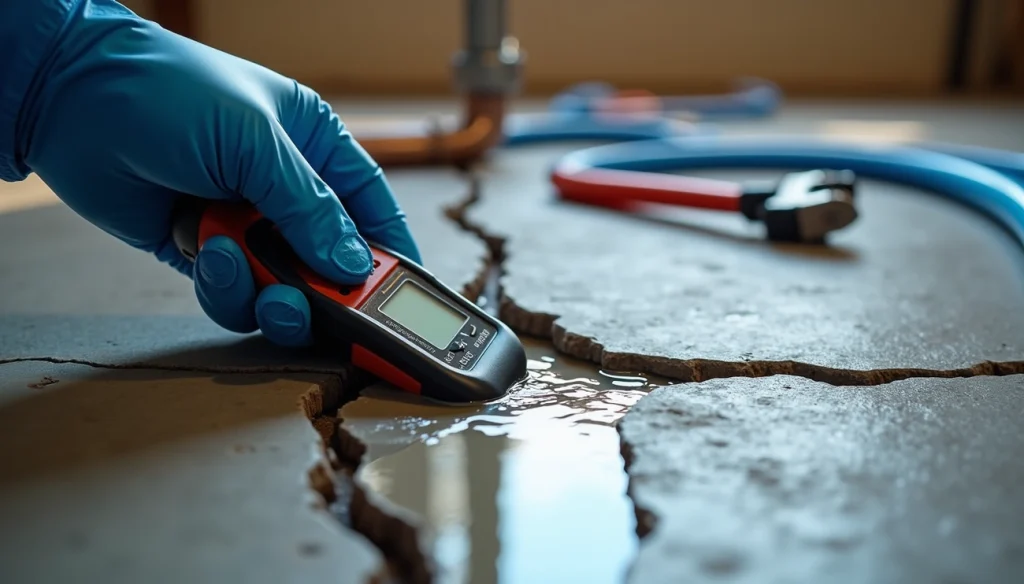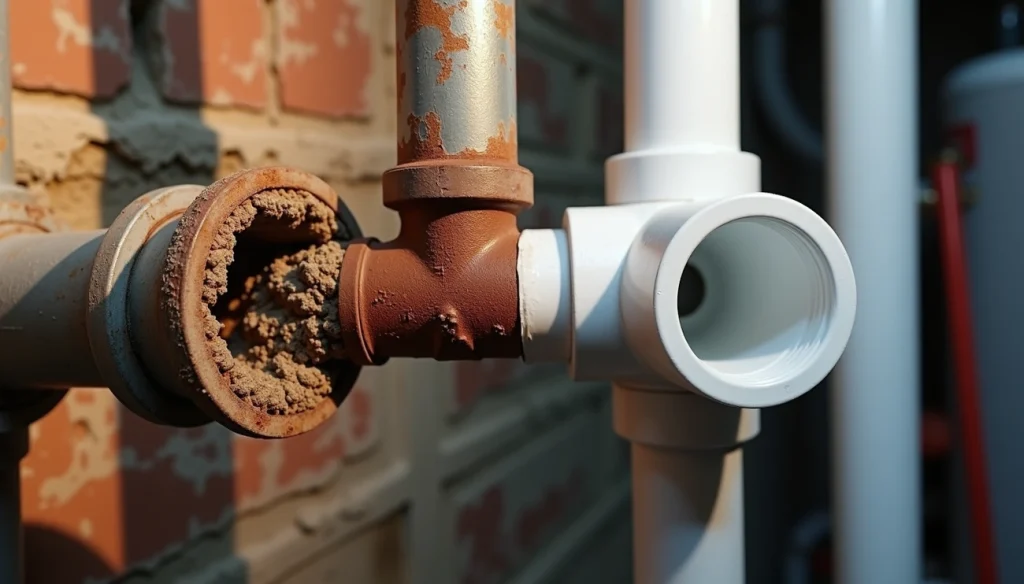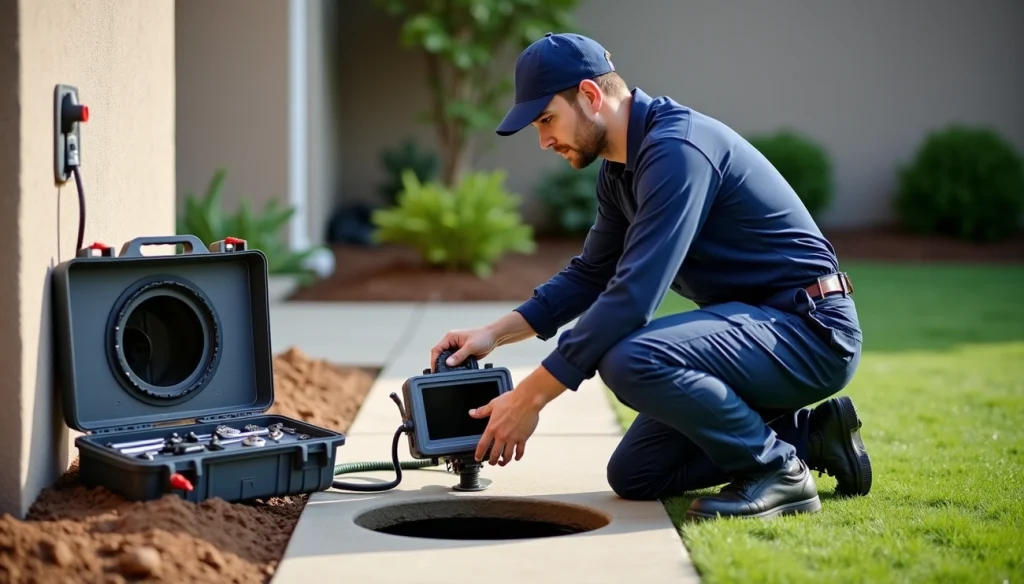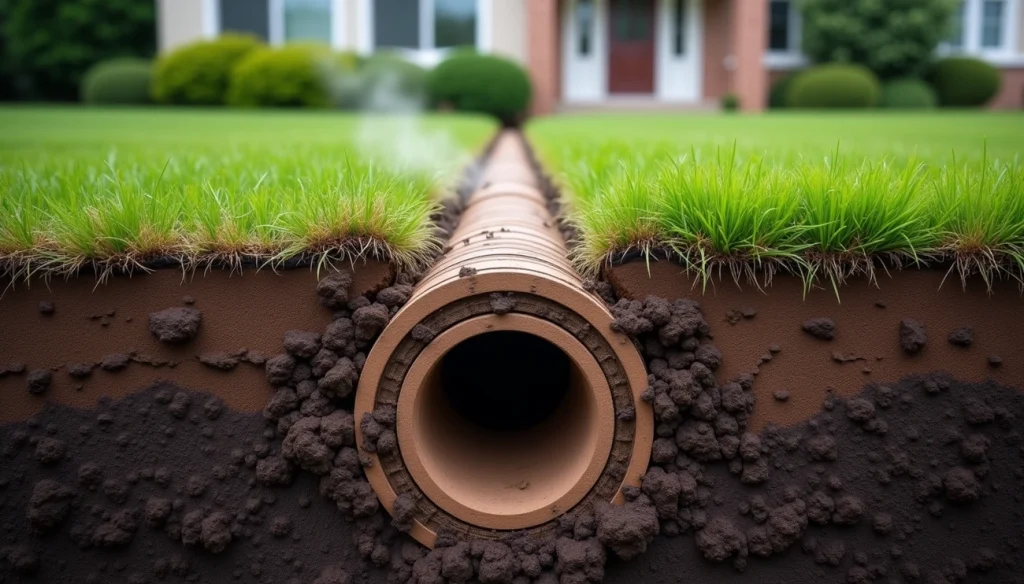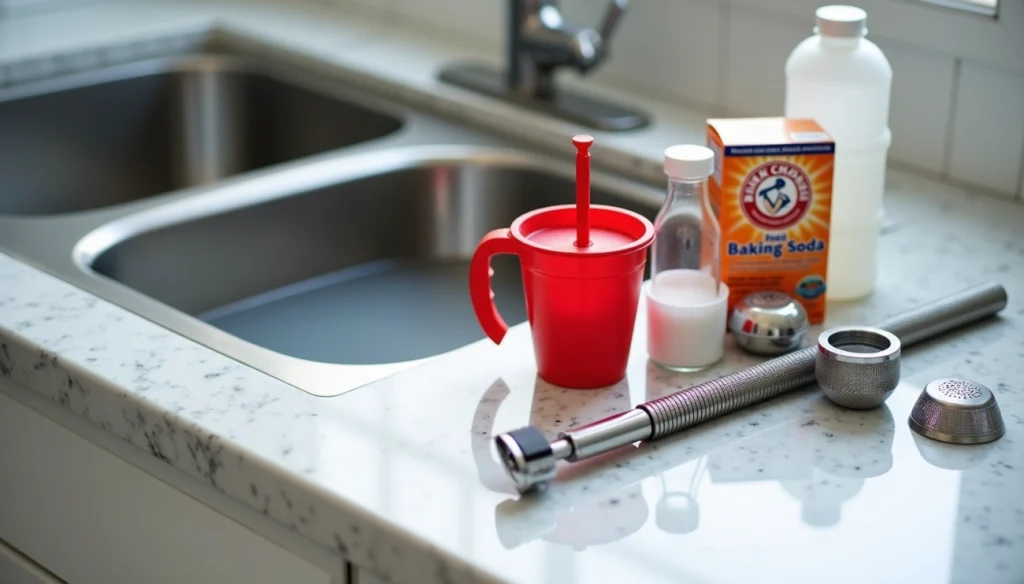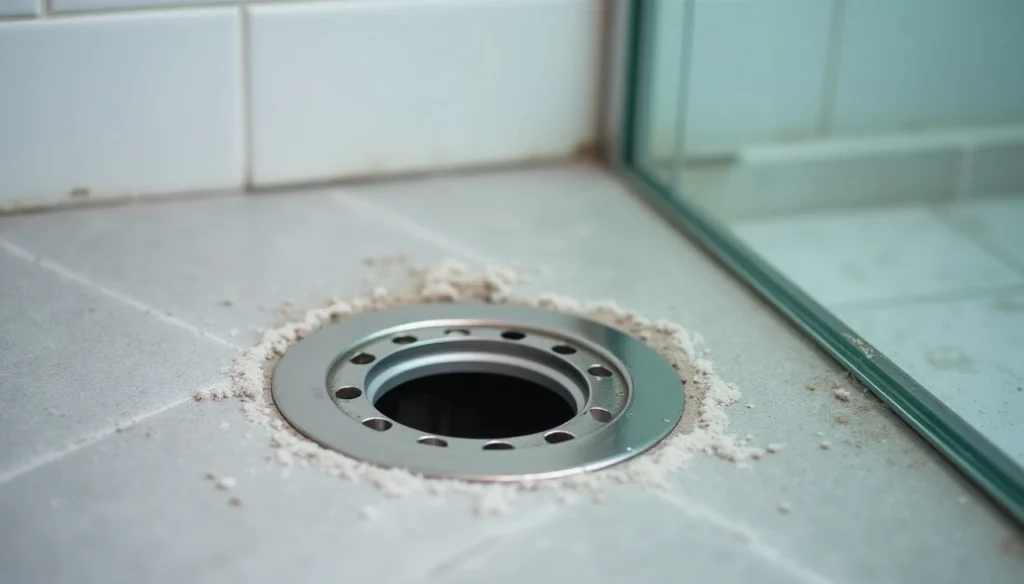If your dishwasher is not draining properly, don’t worry – you can fix it! In this blog post, we will walk you through the steps to take to get your dishwasher up and running again. We will also provide some tips on how to prevent this from happening in the future. So, whether your dishwasher is overflowing or just taking too long to drain, read on for some solutions!
Check the dishwasher’s drain hose for kinks or obstructions
If your dishwasher isn’t draining properly, the first thing you should check is the drain hose. Over time, the hose can become kinked or obstructed, which can prevent water from flowing freely. Fortunately, it’s easy to check for problems.
Simply remove the hose from the Dishwasher and inspect it for any kinks or blockages. If you find any, simply straighten out the hose or remove the obstruction.
Once you’ve done that, reattach the hose and run a Dishwasher cycle to see if the problem has been fixed. If not, there could be an issue with the Dishwasher itself and you’ll need to call a repairman. But checking the hose is a good first step!
If the previous step did not help, verify that the dishwasher is draining into the correct drainage area
Next, make sure that the dishwasher is draining into the correct drainage area. Sometimes dishes can get in the way and block the drain, so be sure to check that there isn’t any food or debris blocking the way. If the dishwasher is still not draining properly, you may need to check the drain hose to see if it is clogged.
Remove any build-up of food or grease that may be causing the blockage. With a little troubleshooting, you should be able to get your dishwasher back up and running in no time!
Clean out the dishwasher’s filters and spray arm
Over time, dishwashers can start to build up a lot of grime and gunk. One way to keep your dishwasher running smoothly is to regularly clean out the filters and spray arm.
The filters are responsible for catching food particles, and if they become clogged, it can cause the dishwasher to run less efficiently. The spray arm helps to distribute water evenly during the wash cycle, and if it becomes blocked, it can result in dishes that come out dirty.
Luckily, cleaning the filters and spray arm is easy to do. Most dishwashers have a removable filter located near the bottom of the unit. Simply remove the filter and rinse it off with warm water. To clean the spray arm, remove it from the dishwasher and use a brush to clear away any obstructions. By taking a few minutes to clean out your dishwasher’s filters and spray arm, you can help keep it running like new.
Make sure the water level in the dishwasher is correct
The next step is to make sure the water level is correct. If the water level is too low, your dishes won’t get clean. But if the water level is too high, your dishes could come out wet. So how do you know if the water level is just right?
There’s a simple test you can do. First, run your finger along the inside of the dishwasher. If your finger comes up dry, that means the water level is too low. If your finger comes up wet, that means the water level is too high.
The perfect water level is somewhere in between – where your finger comes up slightly damp. So next time you run your dishwasher, make sure to check the water level before you start it. That way, you’ll ensure that your dishes come out sparkling clean every time!
Did none of these solutions work?
If nothing worked for you, it’s probably time to call a plumber. Most dishwasher drainage problems are caused by clogs or blockages in the drain pipe. A plumber can use specialized tools to clear away any obstructions and get your dishwasher up and running again, and they can also diagnose and fix any other underlying problems.
Conclusion
Have you tried any of these solutions? If not, give them a try and see if they work for you. We hope at least one of these tips solved your dishwasher’s drainage problem. If not, please feel free to reach out to Western Rooter for more assistance. Thanks for reading!



